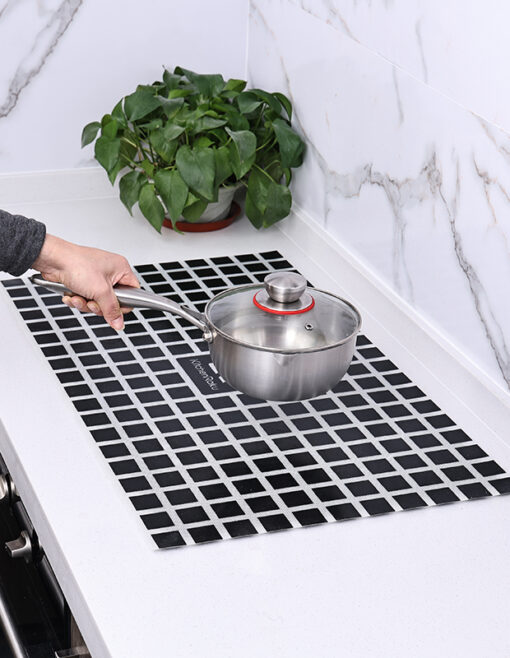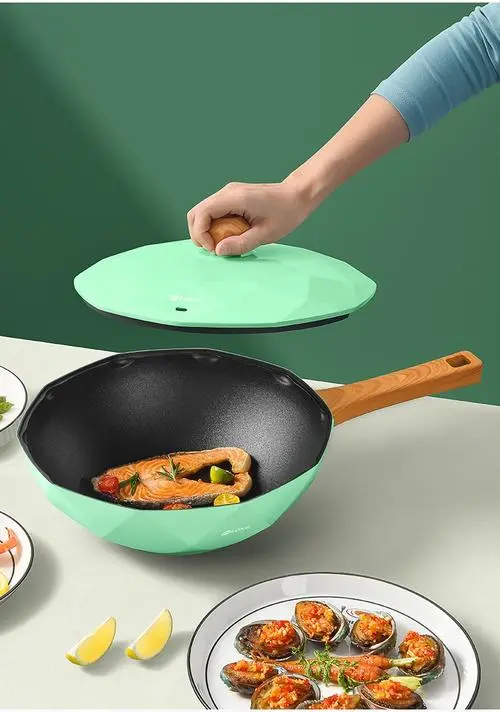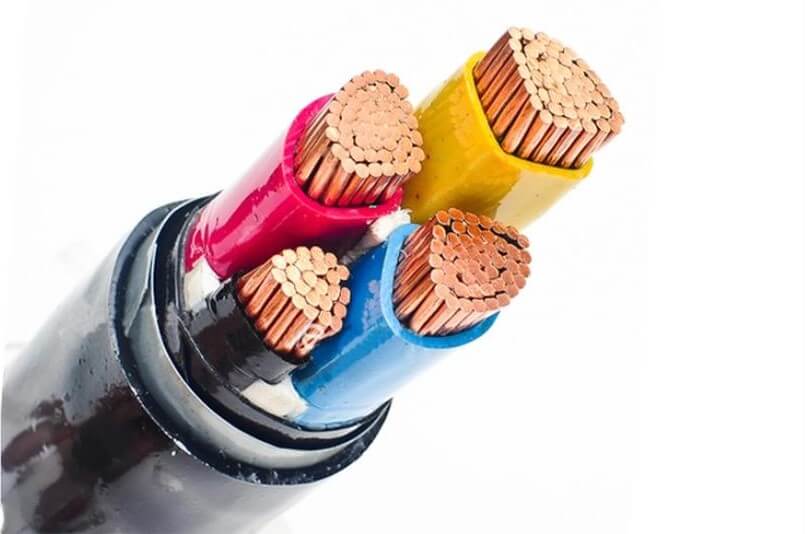Beautiful Plants For Your Interior
Introduction to Teflon
(PTFE)
Teflon was accidentally discovered by Roy J. Plunkett in 1938 while he was researching refrigerants. He found that a sample of tetrafluoroethylene that had been frozen and compressed polymerized into a white, waxy solid, marking the birth of Teflon. Known for its non-stick characteristic, Teflon has become a household name in kitchenware. However, the uses of Teflon extend far beyond the kitchen.


COATEX
Teflon in Kitchenware and Cooking Appliances
The application of Teflon in kitchenware, especially in non-stick cookware, is based on numerous data-supported advantages. Its exceptionally low coefficient of friction prevents food from sticking to the surface of the cooking utensils, even under high-stress conditions. Teflon-coated cookware can operate at temperatures up to 260 degrees Celsius (approximately 500 degrees Fahrenheit) without losing its structural integrity. Moreover, the non-stick nature of Teflon significantly reduces the need for cooking oils and fats, promoting healthier cooking practices.

Teflon's Role in Industrial Applications
The applications of Teflon go well beyond the kitchen; it plays a crucial role in many industrial applications. In the fields of machinery and automotive engineering, Teflon-coated bearings and gears greatly reduce friction and wear. In the aerospace and electrical industries, Teflon’s insulating properties are highly valued. Its durability and resistance to extreme temperatures and corrosive substances make it an invaluable asset in industrial settings.
COATEX
Environmental and Health Considerations

There are common concerns and misconceptions about Teflon’s safety and environmental impact. However, data indicates that under normal cooking conditions, Teflon-coated cookware does not reach the extreme temperatures that could cause polymer fume fever. Additionally, Teflon’s chemical properties ensure that it does not pose health hazards when used correctly.
Teflon in Consumer Electronics and Household Items
The influence of Teflon extends to the realms of consumer electronics and everyday household items. In the competitive world of consumer electronics, Teflon coatings enhance product durability. In the textile and eyewear industries, Teflon’s application improves product performance and market share.

Conclusion and the Future of Teflon
In conclusion, the uses for Teflon are as vast as they are impressive. This material has transitioned from the laboratory to our homes and industries, becoming an essential part of our lives. The story of Teflon is far from over; with ongoing innovation and research, we can expect this material to continue driving developments across various sectors, bringing more convenience to our work and lives.
